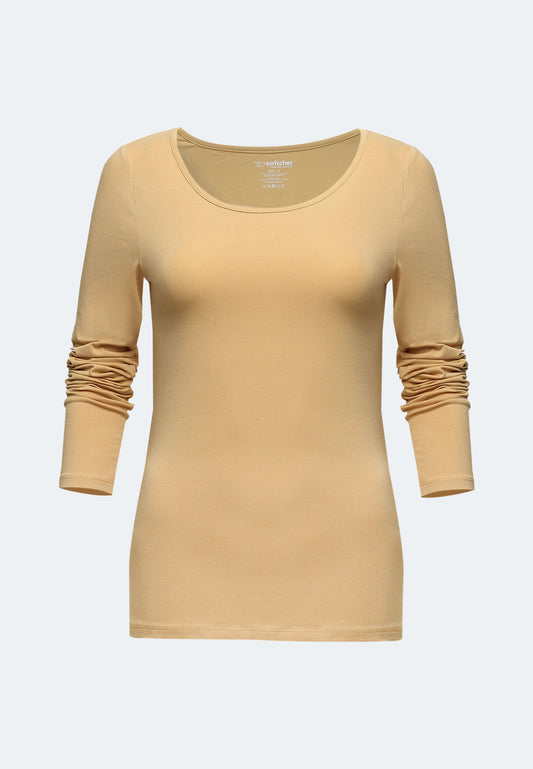Switcher's Dope-Dyeing: Sustainable Fashion with Eco-Friendly Innovation
Posted by Switcher Respect on June 02, 2023Switcher, the renowned Swiss clothing brand, has always been a pioneer in the field of sustainable fashion. With their commitment to products "made with respect," they have taken the innovative and eco-friendly approach of dope-dyeing. We will delve into the complexities of the dope-dyeing process, examine how it affects the environment, and look at why it is so important to the Swiss public.
What is dope dyeing and why is it important?
Dope-dyeing is a revolutionary technique in which the dye is applied directly to the fiber during production. Unlike traditional dyeing methods, which require large amounts of water and chemicals, dope-dyeing significantly reduces the environmental footprint associated with textile production. By integrating pigments directly into the fiber, Switcher's dope-dyeing process saves water, reduces chemical waste and minimizes energy consumption.
How can a T-shirt be dyed without a single drop of water? Switcher's dope-dyeing process is groundbreaking! Instead of dipping the fabric in water, harmless solvents and pigments are mixed with recycled PET flakes to create dyed masterbatches. These masterbatches are then combined and fused with the PET flakes, and the resulting fiber absorbs the color without the need for water in the dyeing process.

The impact of dope dyeing on sustainability: Switcher's commitment to sustainability goes beyond empty words. By using dope dyeing, they are actively reducing their carbon footprint and contributing to a greener future. Let's take a closer look at the impact of dope dyeing:
Water conservation:
Conventional dyeing methods consume large amounts of water and contribute to the global water shortage. Switcher's dope-dyeing process eliminates this water-intensive step, saving a significant amount of this precious resource.
Chemical reduction:
The traditional dyeing process involves the use of various chemicals, including toxic dyes and fixatives. Dope dyeing significantly reduces chemical usage and makes the process safer for workers, the environment and the end consumer.
Energy efficiency:
By integrating the dyeing process into fiber production, Switcher's dope-dyeing method reduces the overall energy consumption associated with textile production. This energy-efficient approach is a step towards a more sustainable and environmentally friendly fashion industry.
How does dope dyeing contribute to a greener future?
Dope dyeing is a sustainable replacement for traditional dyeing techniques. By saving water, reducing chemical consumption and lowering energy requirements, Switcher's dope-dyeing technology is helping the apparel industry move toward an environmentally responsible future.

Switcher's use of the dope-dyeing technique makes them a forward-thinking, sustainable apparel brand. The implementation of this eco-friendly technique shows their dedication to creating fashion "with respect".
Switcher's innovative dyeing technique encourages other manufacturers to emulate as we move toward a more eco-friendly fashion space. Together we can change the fashion industry through creativity and commitment to be chic and environmentally conscious.


















































Leave a comment